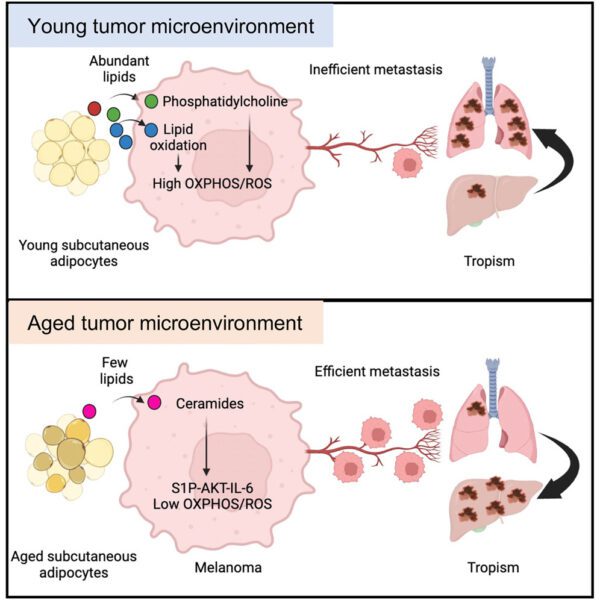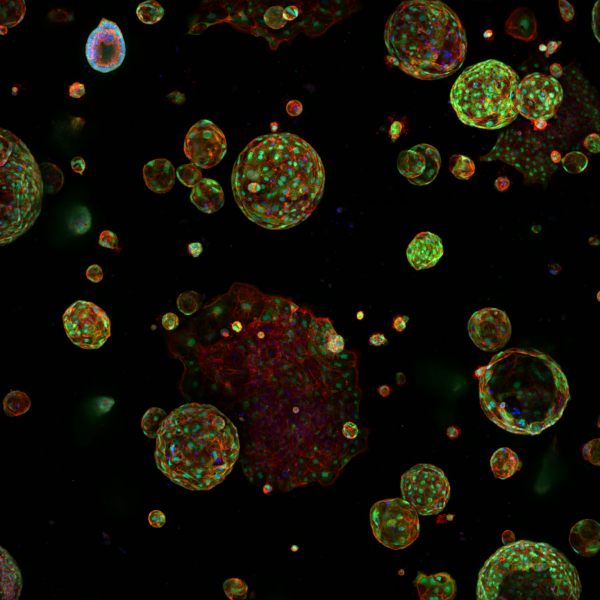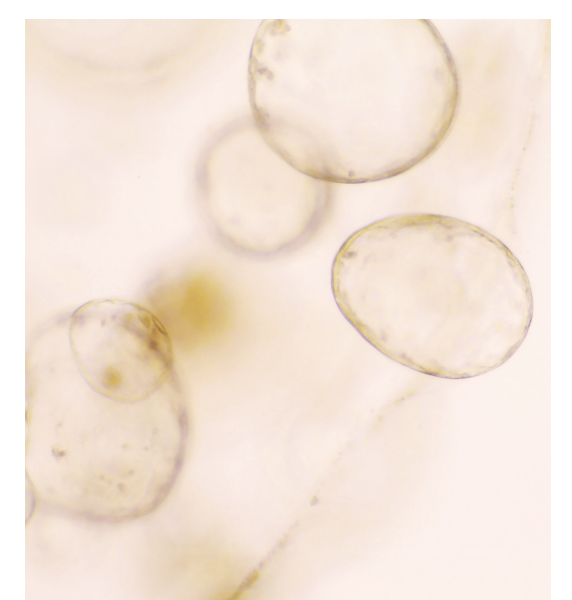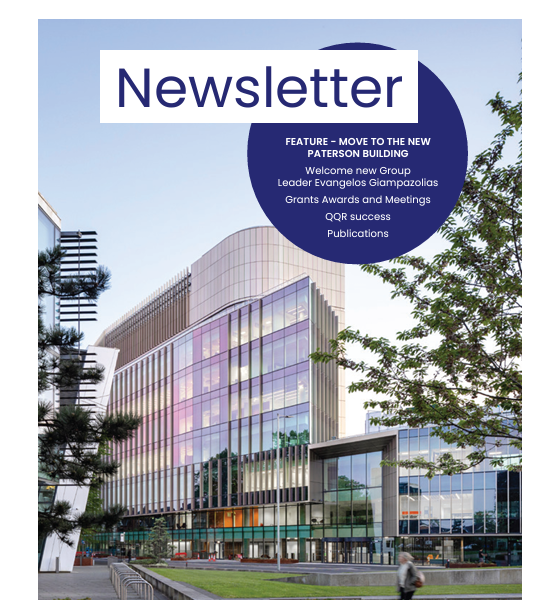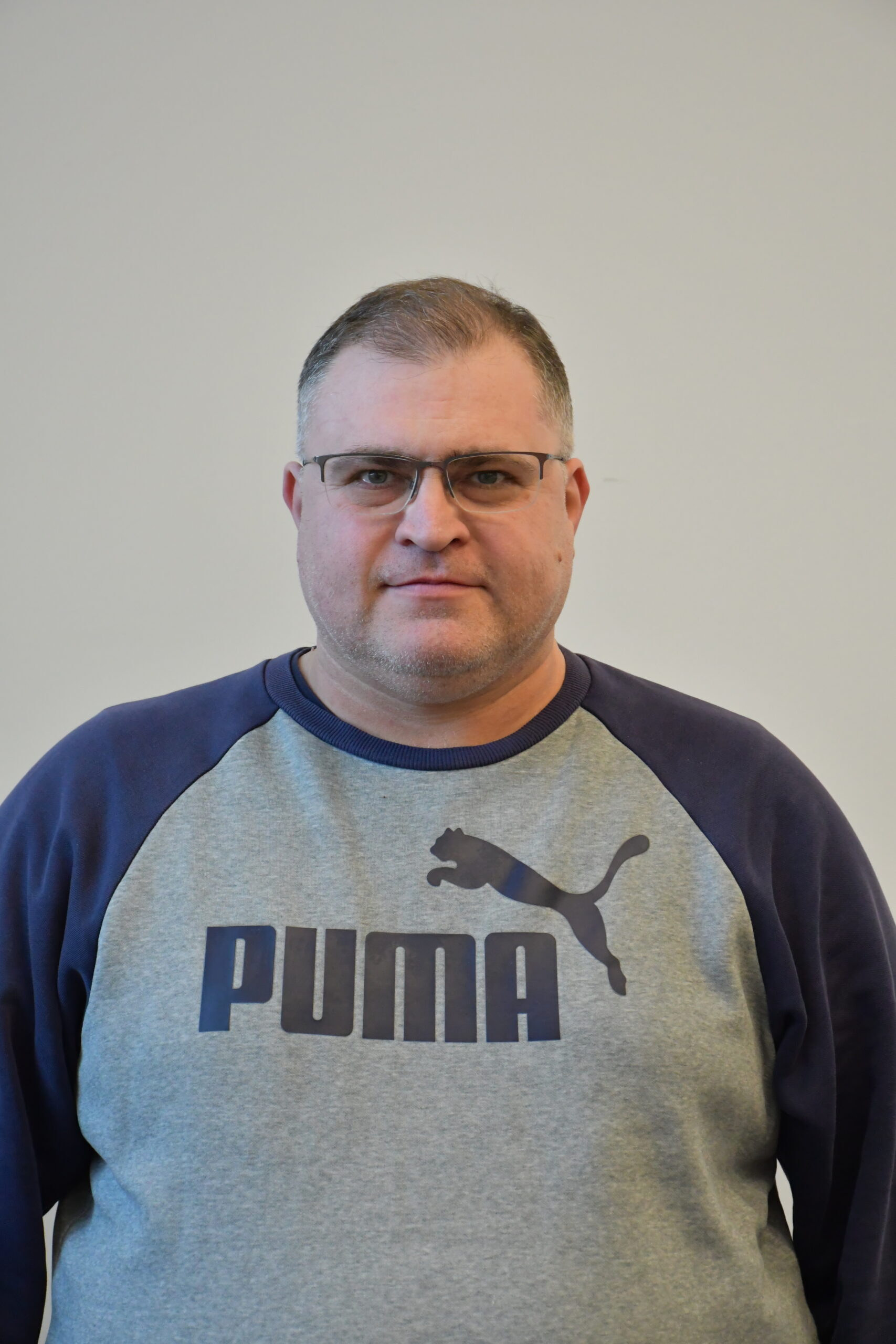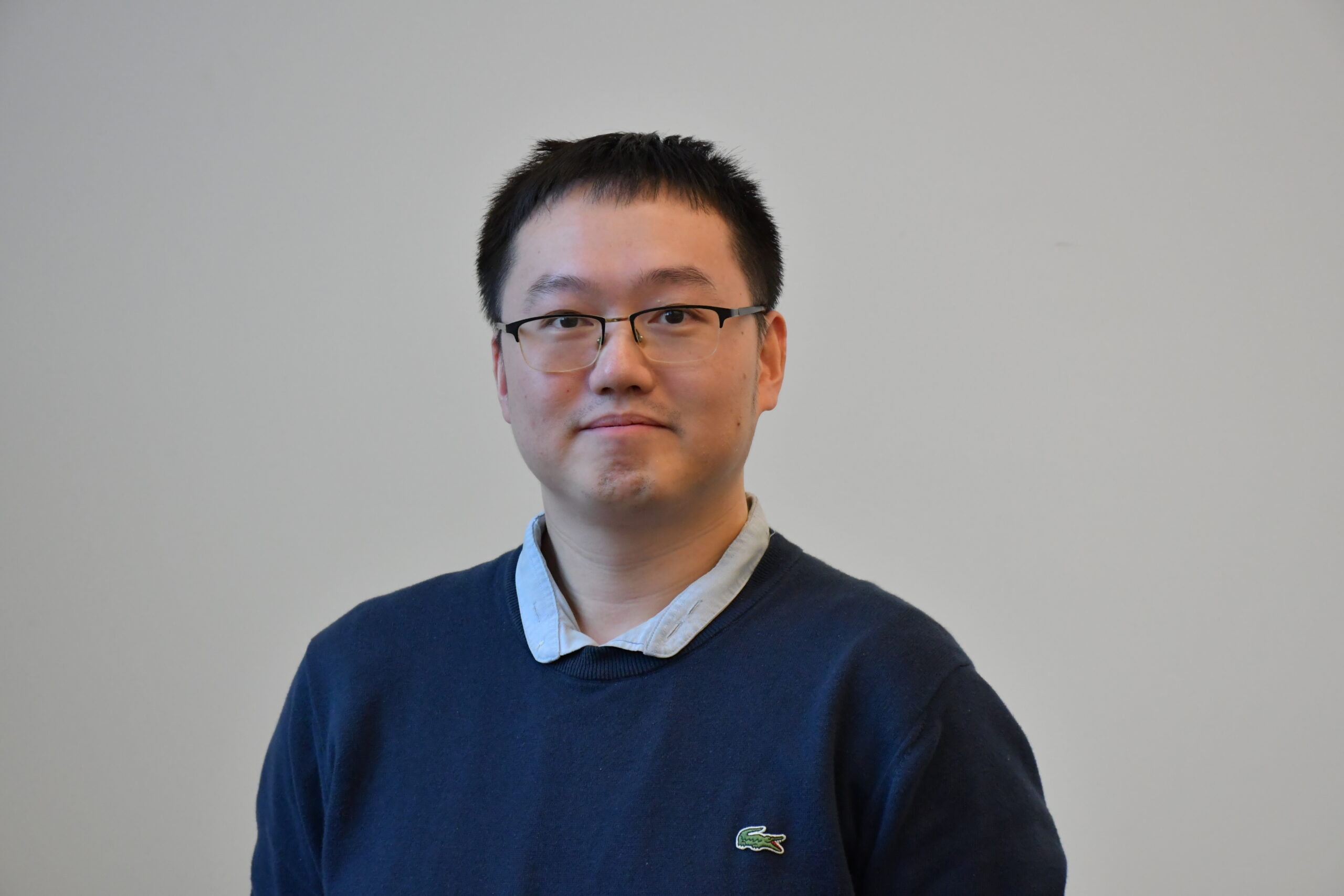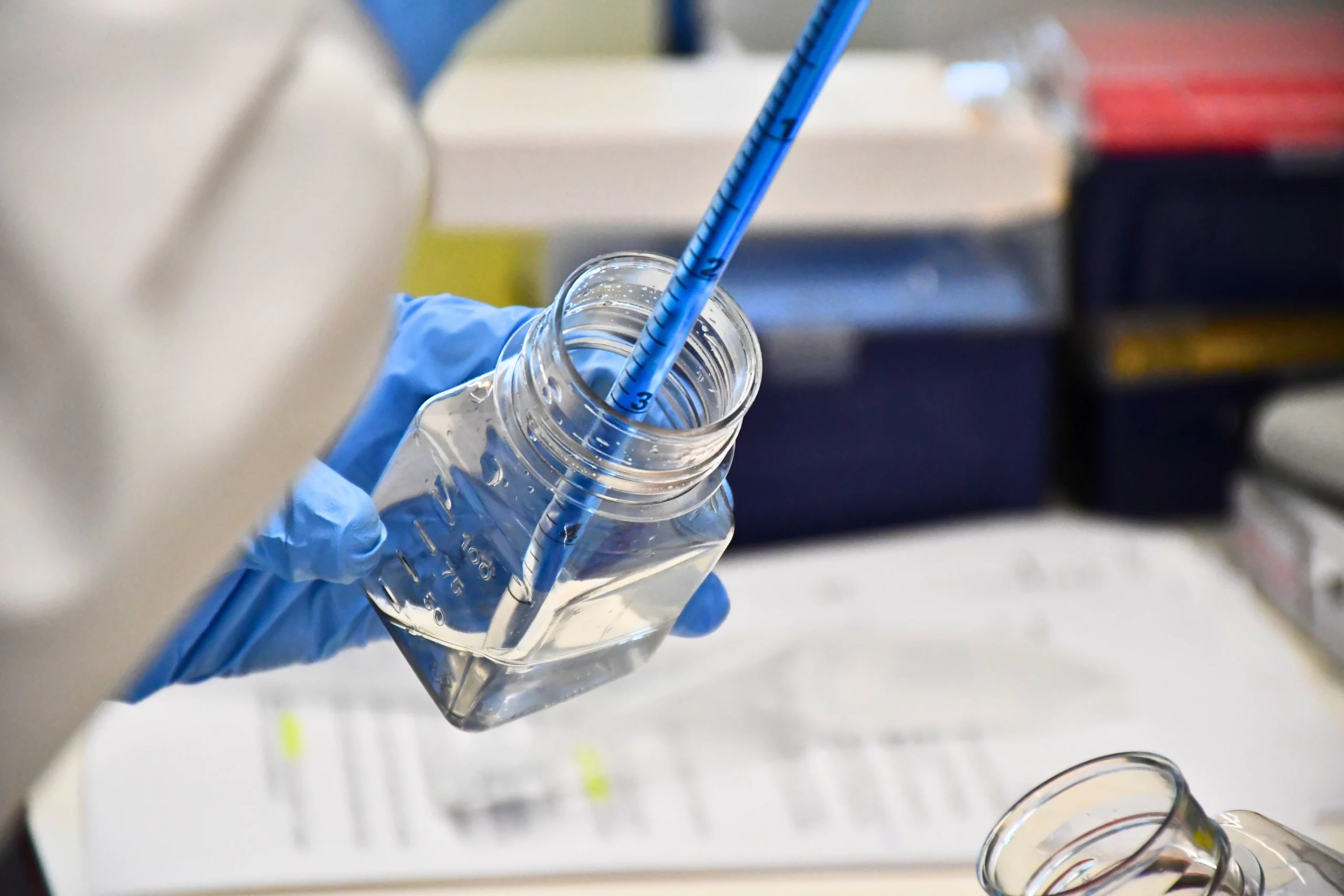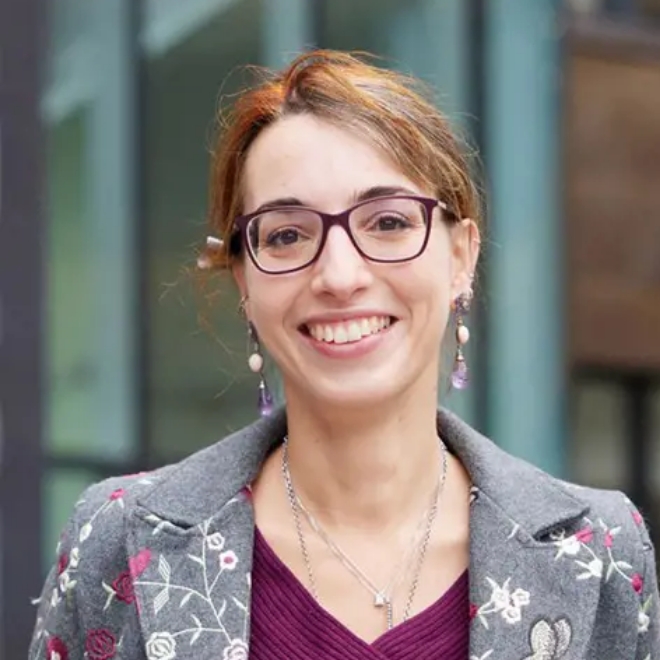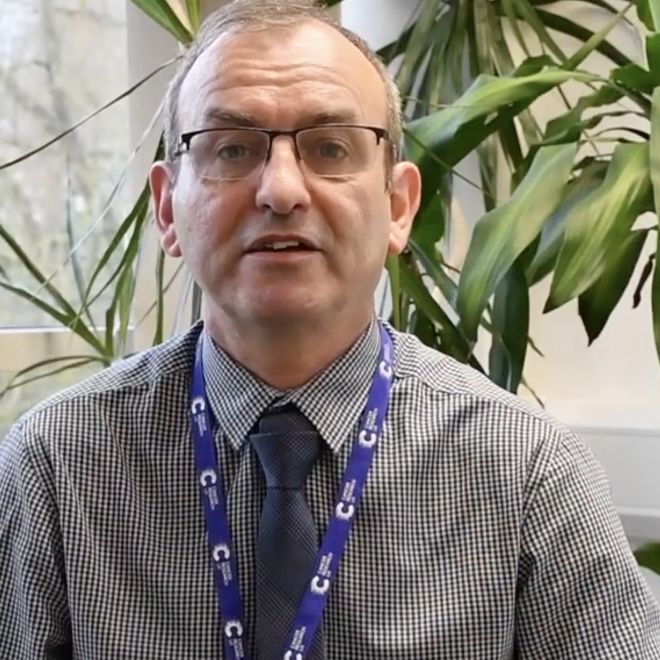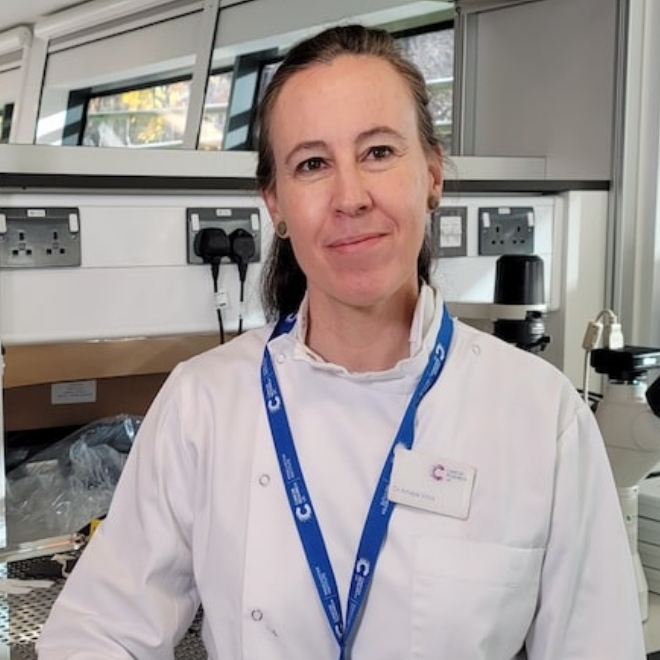Article highlights & insights
Background
The epigenetic factors KAT6A (MOZ/MYST3) and KMT2A (MLL/MLL1) interact in normal hematopoiesis to regulate progenitors’ self-renewal. Both proteins are recurrently translocated in AML, leading to impairment of critical differentiation pathways in these malignant cells. We evaluated the potential of different KAT6A therapeutic targeting strategies to alter the growth of KAT6A and KMT2A rearranged AMLs.
Methods
We investigated the action and potential mechanisms of the first-in-class KAT6A inhibitor, WM-1119 in KAT6A and KMT2A rearranged (KAT6Ar and KMT2Ar) AML using cellular (flow cytometry, colony assays, cell growth) and molecular (shRNA knock-down, CRISPR knock-out, bulk and single-cell RNA-seq, ChIP-seq) assays. We also used two novel genetic murine KAT6A models combined with the most common KMT2Ar AML, KMT2A::MLLT3 AML. In these murine models, the catalytic activity of KAT6A, or the whole protein, can be conditionally abrogated or deleted. These models allowed us to compare the effects of specific KAT6A KAT activity inhibition with the complete deletion of the whole protein. Finally, we also tested these therapeutic approaches on human AML cell lines and primary patient AMLs.
Results
We found that WM-1119 completely abrogated the proliferative and clonogenic potential of KAT6Ar cells in vitro. WM-1119 treatment was associated with a dramatic increase in myeloid differentiation program. The treatment also decreased stemness and leukemia pathways at the transcriptome level and led to loss of binding of the fusion protein at critical regulators of these pathways. In contrast, our pharmacologic and genetic results indicate that the catalytic activity of KAT6A plays a more limited role in KMT2Ar leukemogenicity, while targeting the whole KAT6A protein dramatically affects leukemic potential in murine KMT2A::MLLT3 AML.
Conclusion
Our study indicates that inhibiting KAT6A KAT activity holds compelling promise for KAT6Ar AML patients. In contrast, targeted degradation of KAT6A, and not just its catalytic activity, may represent a more appropriate therapeutic approach for KMT2Ar AMLs.
Background
The epigenetic factors KAT6A (MOZ/MYST3) and KMT2A (MLL/MLL1) interact in normal hematopoiesis to regulate progenitors’ self-renewal. Both proteins are recurrently translocated in AML, leading to impairment of critical differentiation pathways in these malignant cells. We evaluated the potential of different KAT6A therapeutic targeting strategies to alter the growth of KAT6A and KMT2A rearranged AMLs.
Methods
We investigated the action and potential mechanisms of the first-in-class KAT6A inhibitor, WM-1119 in KAT6A and KMT2A rearranged (KAT6Ar and KMT2Ar) AML using cellular (flow cytometry, colony assays, cell growth) and molecular (shRNA knock-down, CRISPR knock-out, bulk and single-cell RNA-seq, ChIP-seq) assays. We also used two novel genetic murine KAT6A models combined with the most common KMT2Ar AML, KMT2A::MLLT3 AML. In these murine models, the catalytic activity of KAT6A, or the whole protein, can be conditionally abrogated or deleted. These models allowed us to compare the effects of specific KAT6A KAT activity inhibition with the complete deletion of the whole protein. Finally, we also tested these therapeutic approaches on human AML cell lines and primary patient AMLs.
Results
We found that WM-1119 completely abrogated the proliferative and clonogenic potential of KAT6Ar cells in vitro. WM-1119 treatment was associated with a dramatic increase in myeloid differentiation program. The treatment also decreased stemness and leukemia pathways at the transcriptome level and led to loss of binding of the fusion protein at critical regulators of these pathways. In contrast, our pharmacologic and genetic results indicate that the catalytic activity of KAT6A plays a more limited role in KMT2Ar leukemogenicity, while targeting the whole KAT6A protein dramatically affects leukemic potential in murine KMT2A::MLLT3 AML.
Conclusion
Our study indicates that inhibiting KAT6A KAT activity holds compelling promise for KAT6Ar AML patients. In contrast, targeted degradation of KAT6A, and not just its catalytic activity, may represent a more appropriate therapeutic approach for KMT2Ar AMLs.
Institute Authors
Groups
Group leader
Research topics & keywords
Grants
The study was supported by Cancer Research UK (C5759/A20971 (G.L.), C5759/A27412 (G.L.), C19941/A31313 (M.S), Blood Cancer UK 19014 (G.L.), and an MSCA Postdoctoral Fellowship (658625, A.L.).
Meet the Research Team
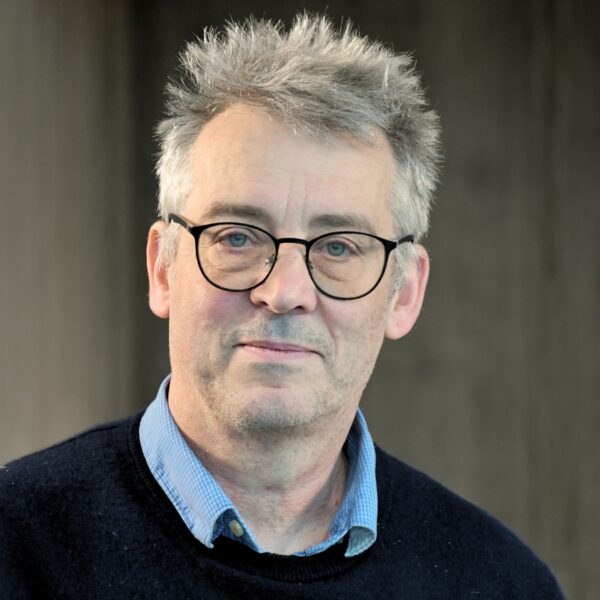
Senior Group Leader
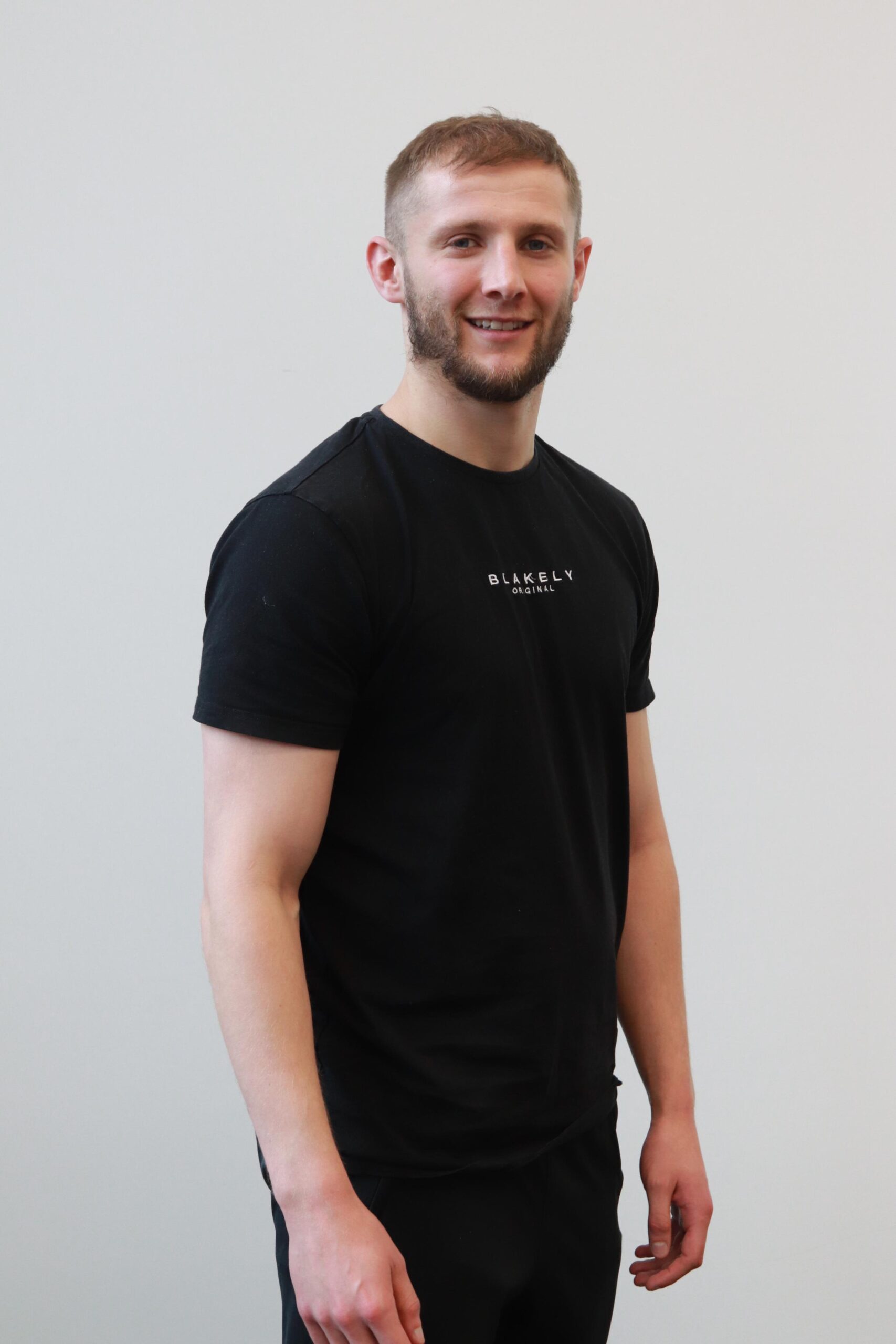
Postdoctoral Scientist

Senior Scientific Officer
PhD Student
PhD Student
All publications
https://doi.org/10.1038/s41420-025-02582-x
Mutant p53 induces SH3BGRL expression to promote cell engulfment
1 July 2025
Institute Authors (5)
Garry Ashton, John Weightman, Wolfgang Breitwieser, Sudhakar Sahoo, Antonia Banyard
Labs & Facilities
Computational Biology Support, Flow Cytometry, Molecular Biology
1 July 2025
https://doi.org/10.1016/j.celrep.2025.115603
Functional characterisation of the ATOH1 molecular subtype indicates a pro-metastatic role in small cell lung cancer
27 May 2025
Institute Authors (2)
Caroline Dive, Kathryn Simpson
Research Group
Small Cell Lung Cancer Biology
27 May 2025
https://doi.org/10.1016/j.ccell.2025.04.001
Stromal lipid species dictate melanoma metastasis and tropism
24 April 2025
Institute Authors (5)
Amaya Viros, Duncan Smith, Garry Ashton, Alex Baker, Tim Somervaille
Labs & Facilities
Biological Mass Spectrometry, Histology, Visualisation, Irradiation and Analysis
Research Group
Skin Cancer & Ageing
24 April 2025
https://doi.org/10.1038/s41467-025-58343-y
A human model to deconvolve genotype-phenotype causations in lung squamous cell carcinoma
4 April 2025
Institute Authors (4)
Carlos Lopez-Garcia, Robert Sellers, Sudhakar Sahoo, Caroline Dive
Labs & Facilities
Computational Biology Support
Research Group
Translational Lung Cancer Biology
4 April 2025
https://doi.org/10.1186/s12943-024-02157-x
The PI3K-AKT-mTOR axis persists as a therapeutic dependency in KRASG12D-driven non-small cell lung cancer
12 November 2024
Institute Authors (1)
Amaya Viros
Labs & Facilities
Genome Editing and Mouse Models
Research Group
Skin Cancer & Ageing
12 November 2024
https://doi.org/10.1186/s13045-024-01610-0
The small inhibitor WM-1119 effectively targets KAT6A-rearranged AML, but not KMT2A-rearranged AML, despite shared KAT6 genetic dependency
8 October 2024
Institute Authors (6)
Georges Lacaud, Mathew Sheridan, Michael Lie-a-ling, Liam Clayfield, Jessica Whittle, Jingru Xu
Research Group
Stem Cell Biology
8 October 2024
Our Research
Our research spans the whole spectrum of cancer research from cell biology through to translational and clinical studies
Research Groups
Our research groups study many fundamental questions of cancer biology and treatment
Our Facilities
The Institute has outstanding core facilities that offer cutting edge instruments and tailored services from expert staff
Latest News & Updates
Find out all our latest news
Careers that have a lasting impact on cancer research and patient care
We are always on the lookout for talented and motivated people to join us. Whether your background is in biological or chemical sciences, mathematics or finance, computer science or logistics, use the links below to see roles across the Institute in our core facilities, operations teams, research groups, and studentships within our exceptional graduate programme.
